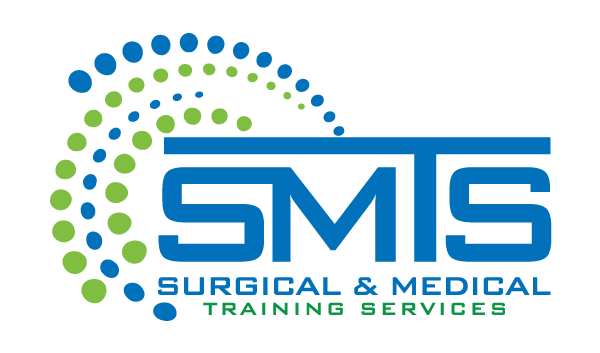Spine surgery has always been a relatively complex matter. It wasn’t long ago that patients needing a back or neck procedure had their surgery using an “open” technique. Over time, a myriad of procedures were refined thanks to advances in surgical instrumentation and techniques. Surgeons also now have a better understanding of anatomical structure as a result of advancing diagnostic imaging, cadaver training, and other tools. This understanding has elevated patient outcomes, particularly for spinal surgeries.
There is no question that minimally invasive spine surgery is advantageous for patients. The recovery period after surgery is typically shorter and more comfortable. With shorter incisions than open surgery, minimally invasive spine procedures have a lower risk of infection and blood loss. Today’s spine surgeon tends to be extraordinarily motivated to master minimally invasive surgical techniques and demonstrate proficiency that translates into successful outcomes. This is yet another testament to the validity of cadaver training.
Minimally invasive spine surgery is not new. This area of medicine has been in an ongoing process of refinement for over half a century. The last few decades alone have brought significant advancements. With beginnings that included a small group of surgeons learning microsurgical techniques, minimally invasive procedural models have expanded exponentially throughout all of medicine, with one surgeon honing skills and passing them on to colleagues through formal training events.
The value of minimally invasive surgical techniques is not limited to patients, though that is the ultimate goal. Surgeons also experience fewer issues when modern surgical methods are utilized. MISS spares tissue and nerves far better than open surgery while achieving the access that is necessary for a safe and effective spine surgery. Spinal surgeons must navigate a significant amount of anatomy, and today’s minimally invasive instrumentation like retractors, lighting, and fluoroscopic imaging are integral to their surgical objectives.
Minimally invasive and microsurgery techniques have significantly elevated the care that spine surgeons can provide their patients. SMTS – Surgical & Medical Training Services is here to support medical personnel in the mastery of these techniques through mobile training labs and the highest quality cadaver specimen. To learn more, contact us at (888) 801-9444.

